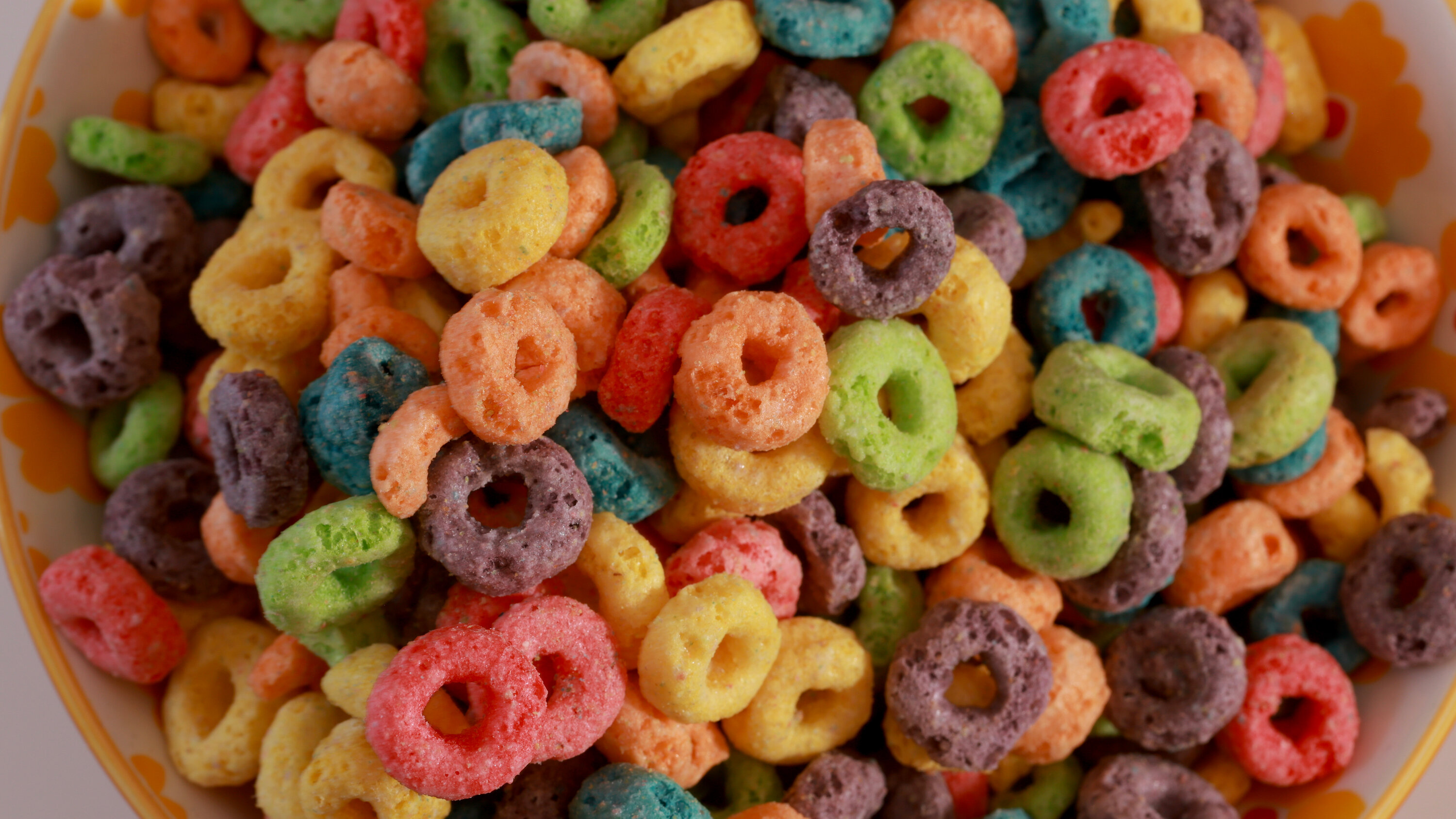Color Me Cautious: West Virginia Takes Bold Stand Against Artificial Food Dyes

A growing wave of health-conscious legislation is sweeping across the United States, with over 20 states now exploring bills aimed at regulating potentially harmful food dyes and additives. These proposed measures reflect increasing public concern about the long-term health impacts of synthetic ingredients commonly found in processed foods and beverages.
Lawmakers are taking a proactive approach, seeking to limit or ban certain artificial colorings and chemical additives that have been linked to potential health risks, including behavioral issues in children and concerns about potential carcinogenic effects. The movement represents a significant shift towards more transparent and health-focused food regulations, giving consumers greater protection and more informed choices about the products they consume.
From state capitals to local legislatures, these proposed bills signal a broader national conversation about food safety, ingredient transparency, and the potential long-term consequences of artificial food additives. As scientific research continues to evolve, states are increasingly willing to take decisive action to protect public health and promote safer food standards.
